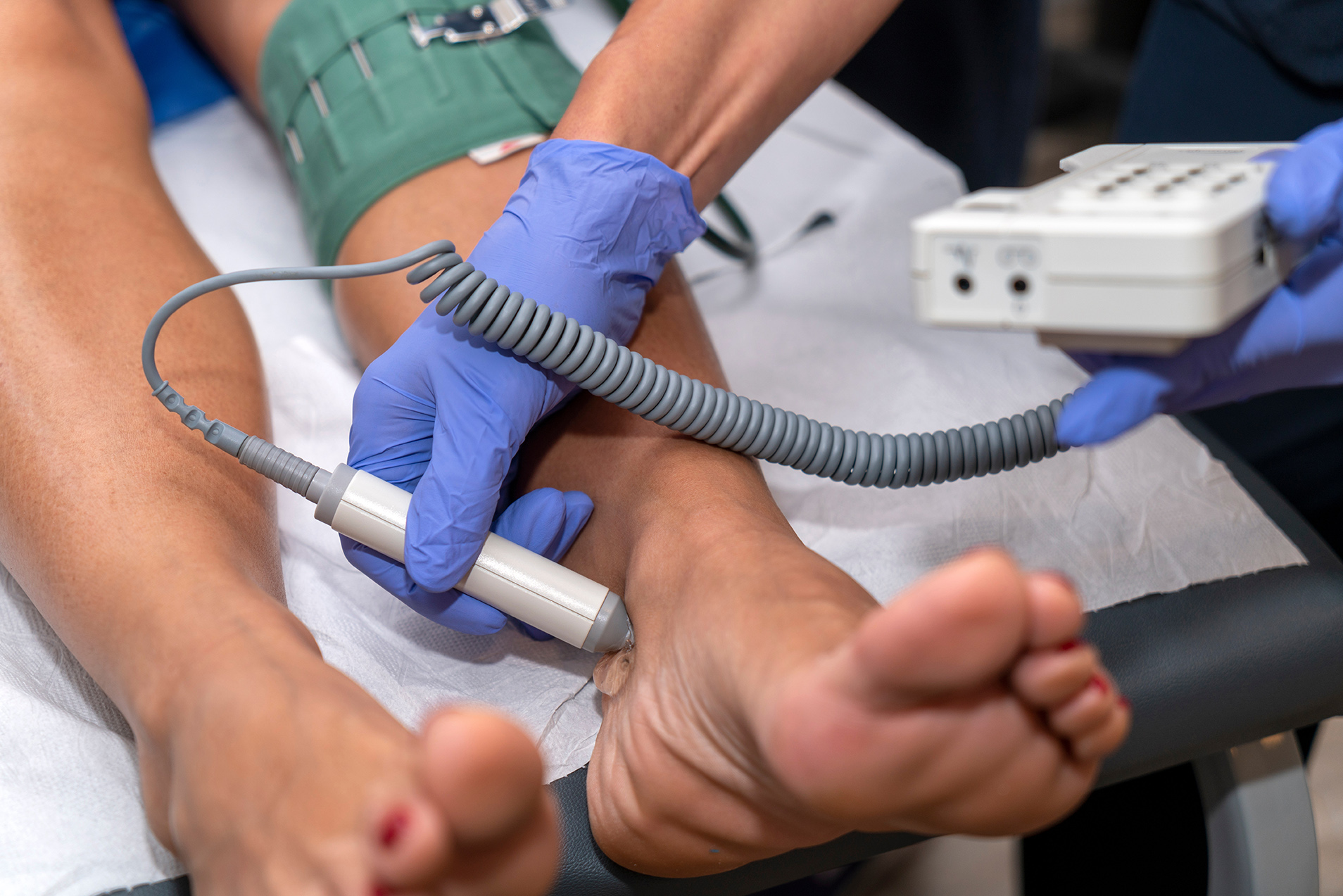Cancer Specialists – Guidance from LPU
An Introduction to London Private Ultrasound Cancer Clinics
Welcome to London Private Ultrasound, a private ultrasound clinic. We offer a range of ultrasound services to help diagnose and monitor cancer and other health conditions.
Being Londons premier ultrasound clinic, providing specialists for a range of diseases and expert cardiologists, Musculoskeletal conditions and more. We are able to provide a full range of cancer imaging, detection and monitoring services.
We use the latest ultrasound technology to provide high-quality images of the internal organs and tissues. This allows us to detect abnormalities early, when they are most treatable.
Types of womens cancer
Prevalent types of womens cancer, the stages and characteristics of breast, lung, colorectal, ovarian, uterine, and cervical cancers, as well as cancers that affect the abdomen and pelvic area in women.
The most prevalent cancers in women are breast, lung, and colorectal cancer additionally there are many types that affect the abdomen and pelvic areas. There are many types of cancer and symptoms may vary, but essentially it is possible to utilise ultrasound to detect the stages of the disease in most types of womens cancer.
Understanding Benign Lumps and Breast Tissue
Benign lumps in the breast are a common finding in breast tissue scans, often causing concern and anxiety for those undergoing breast examinations. While the presence of any lump may raise questions about potential cancerous growths, it’s essential to recognise that not all breast lumps are cancerous. In fact, a majority of breast lumps are benign, meaning they are non-cancerous and pose no significant health risks. These benign lumps can take various forms, such as cysts, fibroadenomas, or areas of fibrocystic breast tissue. Distinguishing between benign and malignant lumps is typically accomplished through breast imaging techniques like mammography, ultrasound, or MRI, in conjunction with clinical evaluation. Identifying and characterizing these benign lumps is crucial for accurate diagnosis and appropriate medical management, helping to ease the concerns of patients and guide their healthcare decisions.
Stages of Breast Cancer
Typically Cancer will be classified in a stage and this will be determined by the location, size and spread of the disease and affected systems of the body.
Stage 1: In this early stage, breast cancer is typically small, localized, and has not spread to lymph nodes or distant organs. It may be detected as a small lump or through breast imaging. Treatment often involves surgery (lumpectomy or mastectomy), and sometimes radiation therapy. The prognosis is generally excellent.
Stage 2: At this stage, the tumour is larger than in stage 1 but still confined to the breast and may or may not have affected nearby lymph nodes. Treatment typically involves surgery, possibly with lymph node dissection, and often radiation therapy. Chemotherapy or targeted therapy may be recommended in some cases.
Stage 3: In stage 3 breast cancer, the tumour is larger and may have spread to multiple nearby lymph nodes, but it has not yet reached distant organs. Treatment usually involves surgery, lymph node dissection, chemotherapy, radiation therapy, and targeted therapy, depending on the specific characteristics of the cancer. The prognosis varies depending on the extent of lymph node involvement and other factors.

It’s important to note that individual cases may vary based on the specific characteristics of the cancer and the patient’s overall health. Early detection and treatment generally result in better outcomes, which is why regular cancer screenings and early intervention are crucial.
Breast Cancer awareness month provides us all with a time to make time for breast health.
Gender difference in Thyroid Cancer
Thyroid cancer is also more common in women than in men, and the gender difference is significant. The exact ratio can vary by region and over time, but in general, thyroid cancer is 2 to 3 times more common in women than in men.
In September 2021, the American Cancer Society (ACS) reported that the estimated incidence rates of thyroid cancer in the USA were as follows:
In women, there were about 27,240 new cases of thyroid cancer.
In men, there were about 7,600 new cases of thyroid cancer.
These numbers indicate a substantial gender disparity, with women being more commonly diagnosed with thyroid cancer.
1 in 332 UK males and 1 in 170 UK females will be diagnosed with thyroid cancer in their lifetime. 9% of thyroid cancer cases in the UK are preventable.
According to Cancer Research UK (unknown date)
Common types of womens Cancer in the abdomen and pelvic areas
Cancers in the abdomen and pelvic area of women can be fairly common. Some of the most prevalent types of womens cancers that affect the abdomen and pelvic areas include:
Ovarian Cancer: Ovarian cancer originates in the ovaries and is one of the leading causes of cancer-related deaths in women. It can be challenging to detect in its early stages because symptoms are often vague. These may include abdominal bloating, pelvic pain, changes in bowel or bladder habits, and fatigue. Ovarian cancer is often diagnosed at advanced stages.
Uterine (Endometrial) Cancer: Uterine cancer typically begins in the lining of the uterus (endometrium). It often presents with abnormal uterine bleeding, such as heavy or irregular periods. Early-stage uterine cancer is usually detected when the cancer is confined to the uterus. Treatment often involves surgery, and the prognosis is generally favourable.
Cervical Cancer: Cervical cancer affects the cervix, the lower part of the uterus. It is often associated with persistent human papillomavirus (HPV) infection. Early-stage cervical cancer may not cause symptoms, but as it progresses, it can lead to abnormal vaginal bleeding, pelvic pain, and pain during intercourse. Regular Pap smears and HPV vaccinations can help with early detection and prevention.
Colorectal Cancer: Colorectal cancer can affect the colon (large intestine) or rectum. While it’s not exclusive to women, it’s a common cancer that can affect the pelvic area. Symptoms may include changes in bowel habits, rectal bleeding, abdominal pain, and unintended weight loss.
Peritoneal Cancer: Peritoneal cancer develops in the lining of the abdominal cavity, called the peritoneum. It often presents with symptoms such as abdominal pain, bloating, and changes in bowel habits. Peritoneal cancer can be primary (originating in the peritoneum) or secondary (resulting from the spread of cancer from other sites, like ovarian cancer).
Gastrointestinal Cancers: Various gastrointestinal cancers can affect the abdomen and pelvic area. These include cancers of the stomach, liver, gallbladder, and pancreas, among others. Symptoms may vary depending on the specific cancer type but can include abdominal pain, digestive issues, and weight loss.
It’s essential for women to be aware of their bodies, recognise potential symptoms, and undergo regular check-ups and screenings to detect cancer early when it is most treatable. Early diagnosis and appropriate treatment significantly improve the prognosis for many of these cancers.
Ultrasound detection of digestive organs and the pelvic areas
Ultrasound is a safe and non-invasive imaging technique that can be used to detect cancer early. Ultrasound uses high-frequency sound waves to create images of the inside of the body.
Ultrasound can be used to detect tumours in the digestive, pelvic and abdominal organs, as well as to assess the size, shape, and margins of a tumour. This information can be helpful to doctors in determining whether a tumour is benign or malignant.

If a tumour is found on ultrasound, your clinician may recommend further investigations to explore the nature of the tumour.



